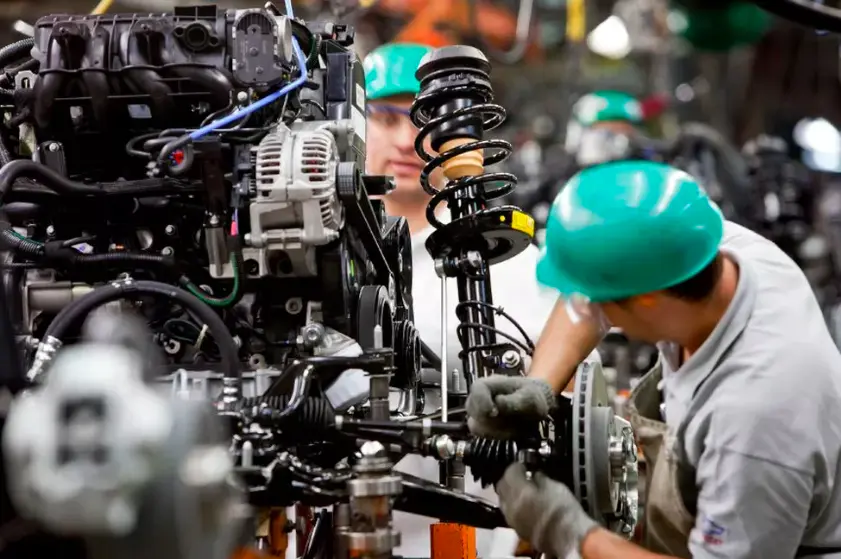In August 2023, Colombia’s National Administrative Department of Statistics (DANE) reported an 8.6% drop in industrial production compared to August 2022.
Real sales also fell by 6.4%, and the workforce shrank by 2.0%. Out of 39 industrial activities surveyed, 34 showed a decline in production.
These declines collectively pulled down the overall annual variation by 9.1 percentage points.
On the other hand, five subsectors saw growth, adding 0.5 percentage points to the annual variation.
Looking at the year-to-date figures, the situation remains grim. From January to August 2023, DANE noted a 4.0% drop in both real production and real sales.
Employment stayed the same. In terms of year-to-date numbers, 31 out of 39 activities declined.
These declines subtracted 5.4 percentage points from the year-to-date variation. In contrast, eight subsectors grew, adding 1.4 percentage points.
Out of 14 surveyed regions, 13 reported declines in production. These declines lowered the national total variation by 8.7 percentage points.

Specifically, the Valle de Aburrá area had the largest drop of 13.4%, decreasing the national total by 2.0 percentage points.
Background
The report’s findings align with broader economic challenges in Colombia.
The country has dealt with fluctuating commodity prices for years, affecting its main exports like oil and coffee.
Additionally, Colombia faces internal issues like political instability and social unrest, which can deter investment.
The COVID-19 pandemic has further strained the economy, forcing many businesses to cut back or shut down.
Despite government efforts to stimulate growth, the industrial sector hasn’t fully recovered.
Even so, Colombia has shown some resilience, notably in its technology and tourism sectors.
This downturn in industrial production and sales may prompt more government intervention. Policymakers will likely revisit economic plans to find new ways to encourage growth and employment.

